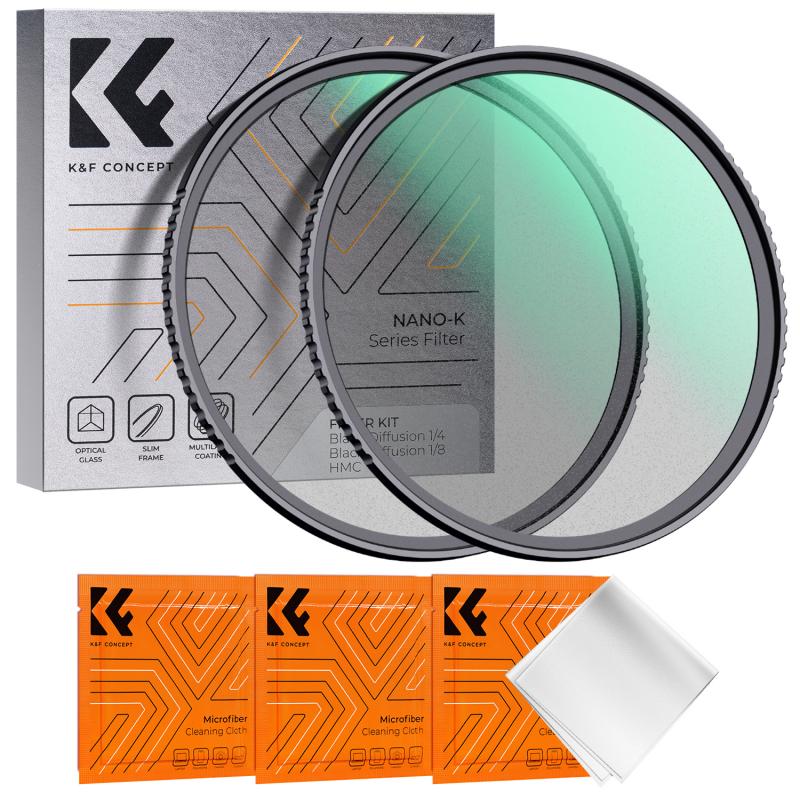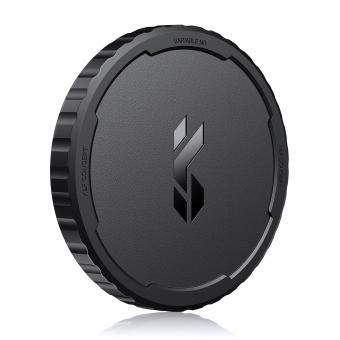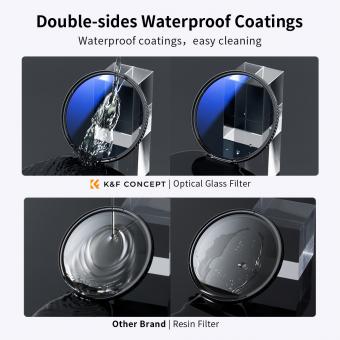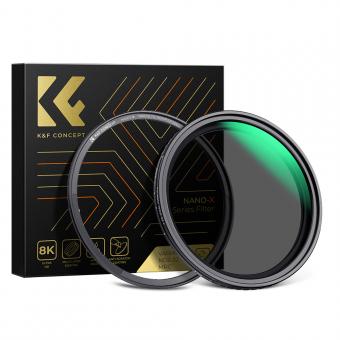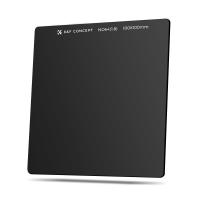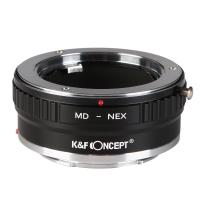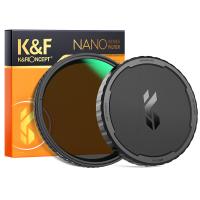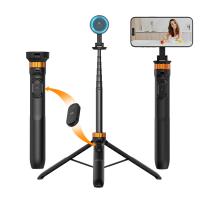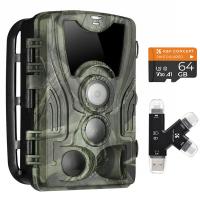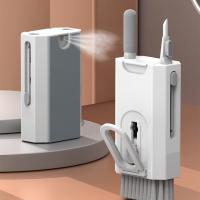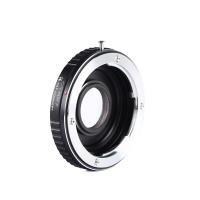Nd Filters What Are They ?
Neutral density (ND) filters are optical filters that are used in photography and videography to reduce the amount of light entering the camera lens without affecting the color or hue of the image. They are typically made of darkened glass or resin and come in various strengths, measured in stops, which determine the amount of light they block. ND filters are commonly used in situations where there is too much light, such as when shooting in bright daylight or when a longer exposure time is desired. By reducing the amount of light, ND filters allow photographers and videographers to achieve effects such as motion blur, shallow depth of field, or to use wider apertures in bright conditions. They are a valuable tool for controlling exposure and achieving creative effects in various types of photography and videography.
1、 Definition and Purpose of ND Filters
ND filters, also known as Neutral Density filters, are essential tools in photography and videography. They are essentially darkened pieces of glass or resin that are placed in front of the camera lens to reduce the amount of light entering the camera. ND filters are designed to evenly reduce the intensity of all wavelengths of light, hence the term "neutral density."
The purpose of ND filters is to allow photographers and videographers to have more control over the exposure of their images or videos. By reducing the amount of light, ND filters enable the use of wider apertures, slower shutter speeds, or both, without overexposing the image. This is particularly useful in situations where there is too much light, such as when shooting in bright sunlight or capturing long-exposure shots during the day.
ND filters come in various strengths, measured in stops, which indicate the amount of light they block. Common strengths include ND2 (1-stop reduction), ND4 (2-stop reduction), ND8 (3-stop reduction), and so on. Some filters even go up to ND1000 or higher, allowing for extremely long exposures.
In recent years, ND filters have gained popularity among drone photographers and videographers. Drones often have fixed aperture settings, making it challenging to control exposure in bright conditions. ND filters help overcome this limitation by reducing the amount of light entering the camera, resulting in more balanced and visually appealing aerial shots.
Overall, ND filters are indispensable tools for photographers and videographers, providing greater creative control over exposure and allowing for stunning images and videos in various lighting conditions.
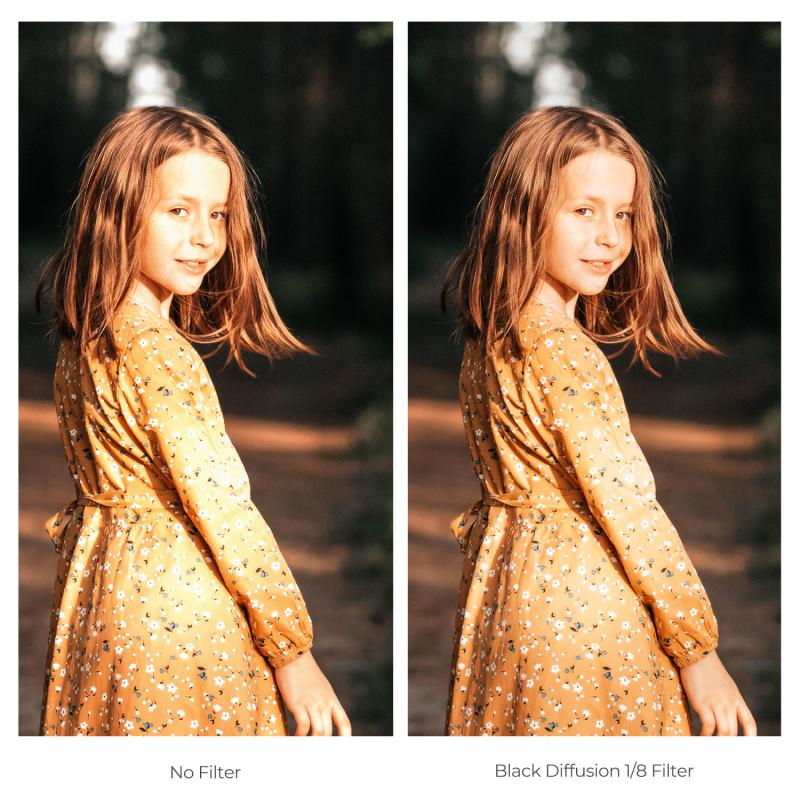
2、 Types of ND Filters and Their Characteristics
ND filters, also known as neutral density filters, are essential tools for photographers and videographers. They are essentially darkened pieces of glass or resin that are placed in front of the camera lens to reduce the amount of light entering the camera. This allows for longer exposure times or wider apertures, resulting in creative effects and better control over exposure.
There are various types of ND filters available, each with its own characteristics and uses. The most common types include fixed ND filters, variable ND filters, and graduated ND filters.
Fixed ND filters have a specific light reduction factor, such as ND2, ND4, or ND8, which correspond to one, two, or three stops of light reduction, respectively. These filters are ideal for situations where a consistent amount of light reduction is needed.
Variable ND filters, on the other hand, offer adjustable light reduction. They consist of two polarizing filters that can be rotated to control the amount of light passing through. This versatility makes them popular among photographers and videographers who need to quickly adapt to changing lighting conditions.
Graduated ND filters are designed with a gradient, where one half of the filter is darkened and the other half is clear. These filters are commonly used in landscape photography to balance the exposure between the bright sky and the darker foreground.
In recent years, there has been a rise in the popularity of square and rectangular ND filters, which can be easily attached to a filter holder system. These systems allow for more flexibility in positioning the filter and can be used with different lenses.
It is worth noting that advancements in digital post-processing techniques have led some photographers to question the necessity of using ND filters. However, ND filters still offer distinct advantages, such as preserving highlights, reducing glare, and achieving long exposure effects in-camera, which cannot be fully replicated in post-processing.
In conclusion, ND filters are essential tools for photographers and videographers, offering control over exposure and creative effects. The different types of ND filters, including fixed, variable, and graduated filters, provide various options to suit different shooting scenarios. Despite advancements in post-processing, ND filters continue to be valuable assets in achieving desired results directly in-camera.
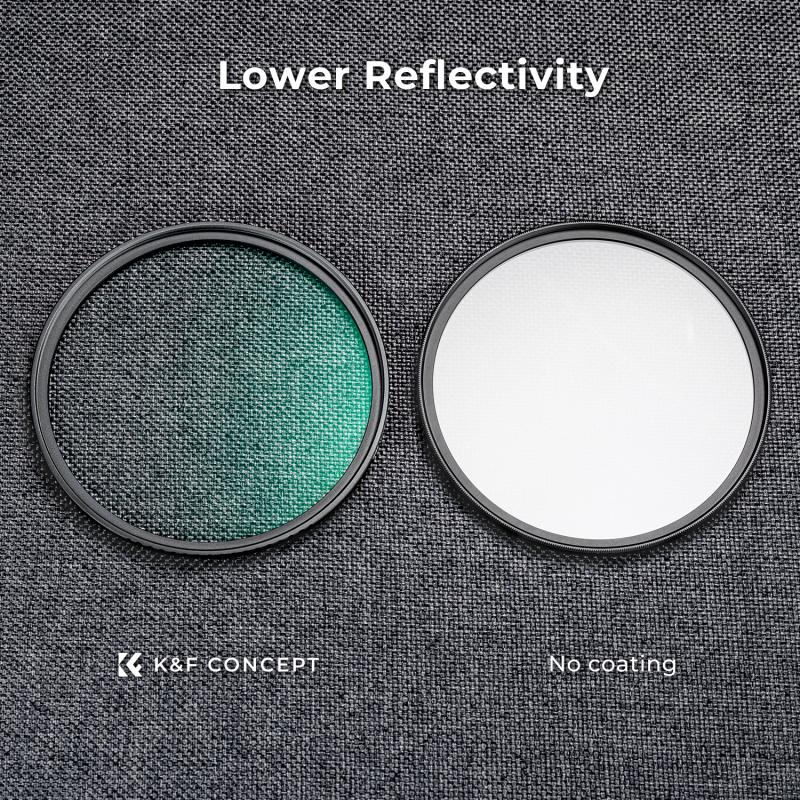
3、 How to Choose the Right ND Filter Strength
ND filters, also known as Neutral Density filters, are essential tools for photographers and videographers. They are essentially darkened pieces of glass or resin that reduce the amount of light entering the camera lens without affecting the color or quality of the image. This allows for greater control over exposure settings and creative effects.
ND filters are commonly used in situations where there is too much light, such as bright outdoor scenes or when shooting long exposures. By reducing the amount of light, they enable the use of wider apertures, slower shutter speeds, or both, resulting in a properly exposed image.
When it comes to choosing the right ND filter strength, there are a few factors to consider. The most important factor is the amount of light you need to block. ND filters come in different strengths, usually measured in stops, such as ND2, ND4, ND8, etc. The higher the number, the darker the filter and the more light it blocks.
The choice of ND filter strength depends on the specific shooting conditions and desired effect. For example, if you want to capture a long exposure of a waterfall during the day, you may need a stronger ND filter like ND8 or ND16 to achieve the desired effect of smooth, flowing water. On the other hand, if you want to shoot a portrait with a wide aperture in bright sunlight, a lighter ND filter like ND2 or ND4 may be sufficient to reduce the amount of light.
It's worth noting that some photographers prefer variable ND filters, which allow for adjustable strength by rotating the filter. These can be convenient as they offer flexibility in different lighting conditions.
In recent years, there has been a growing trend towards using higher strength ND filters, such as ND1000 or even ND100000, commonly known as "black glass." These extreme ND filters are used for capturing long exposures in extremely bright conditions, such as during the day with direct sunlight. They enable photographers to achieve unique effects like motion blur in broad daylight.
Ultimately, the choice of ND filter strength depends on the specific shooting situation and desired creative effect. It's always a good idea to experiment with different strengths and see which one works best for your needs.
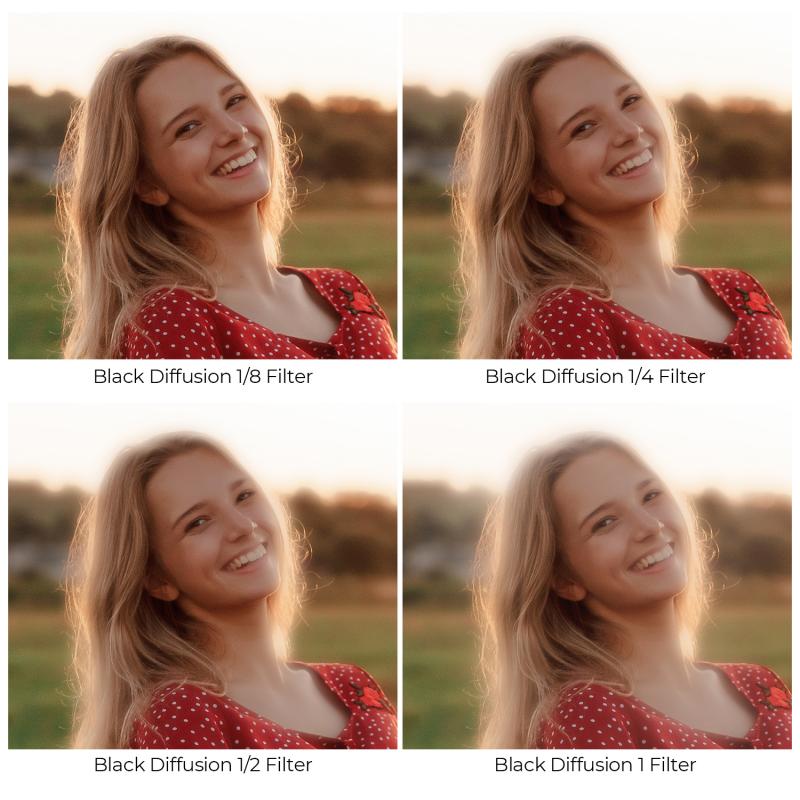
4、 Using ND Filters for Long Exposure Photography
ND filters, also known as Neutral Density filters, are essential tools for long exposure photography. They are essentially darkened pieces of glass or resin that are placed in front of the camera lens to reduce the amount of light entering the camera. This allows photographers to use longer shutter speeds, resulting in creative effects such as motion blur, smooth water, and streaking clouds.
ND filters come in various strengths, measured in stops, which indicate the amount of light they block. Common strengths include 1-stop, 2-stop, and 10-stop filters, among others. The choice of filter strength depends on the desired effect and the lighting conditions. For example, a 1-stop filter may be sufficient for slightly blurring water, while a 10-stop filter can create dramatic effects by turning a bustling cityscape into a serene, ghostly scene.
Using ND filters for long exposure photography requires careful planning and technique. It is important to use a sturdy tripod to keep the camera steady during the long exposure. Additionally, a remote shutter release or the camera's built-in timer can be used to minimize camera shake.
In recent years, advancements in technology have led to the development of variable ND filters. These filters allow photographers to adjust the strength of the filter by rotating it, providing greater flexibility in controlling the amount of light entering the camera.
Overall, ND filters are indispensable tools for long exposure photography, enabling photographers to capture stunning and creative images. Whether it's capturing the movement of water, creating dreamy landscapes, or emphasizing the passage of time, ND filters offer endless possibilities for photographers to explore their creativity.
